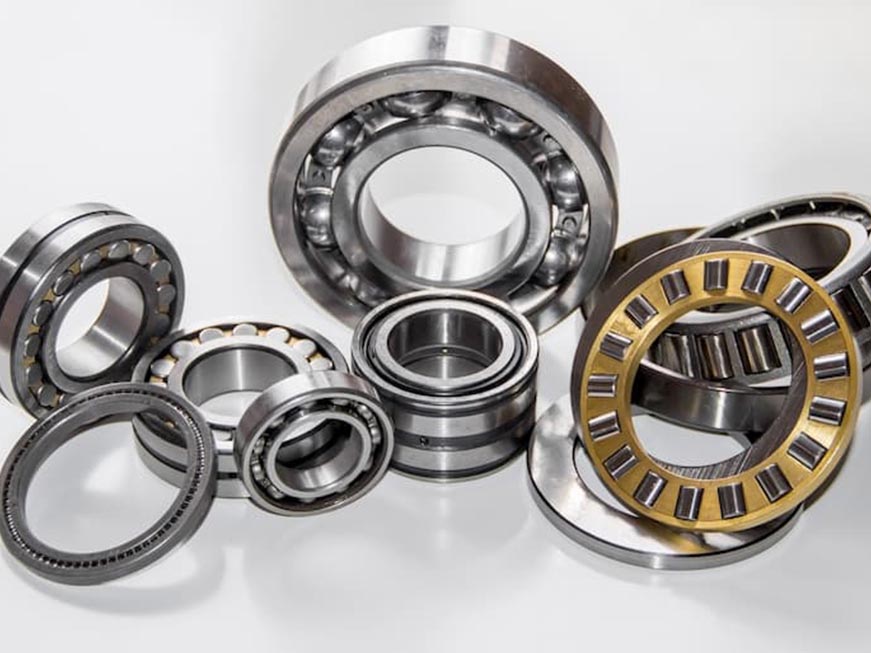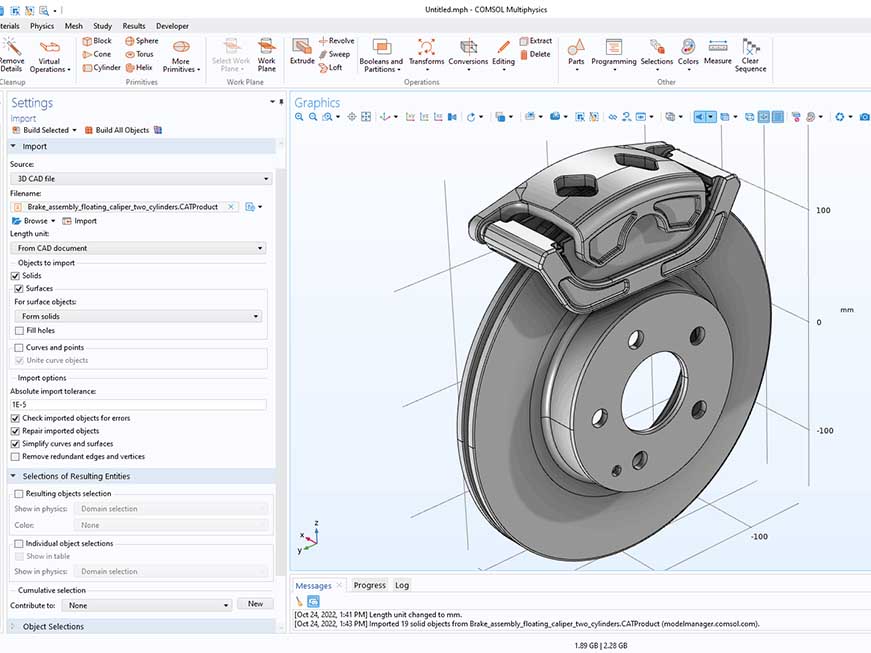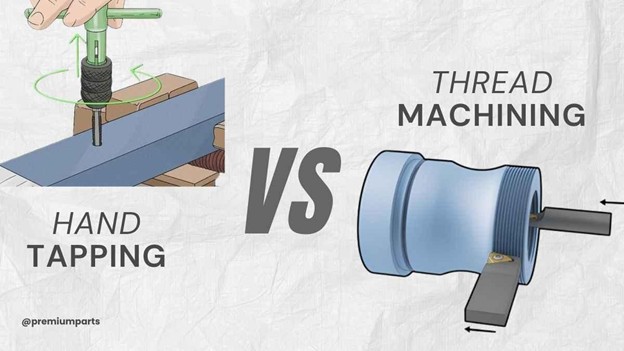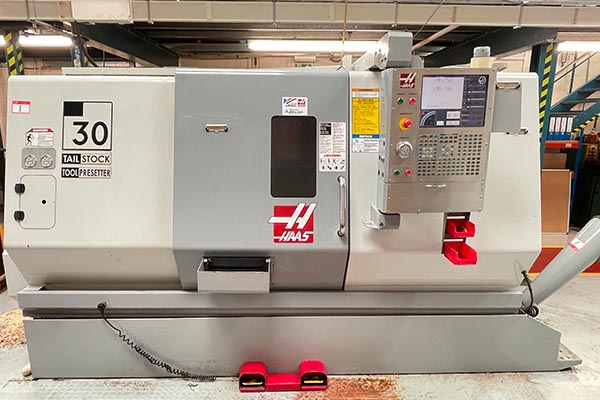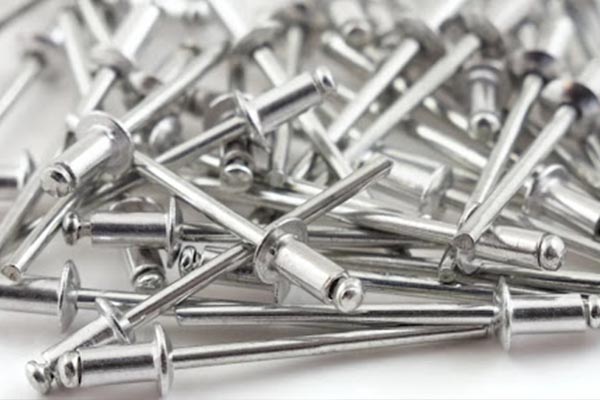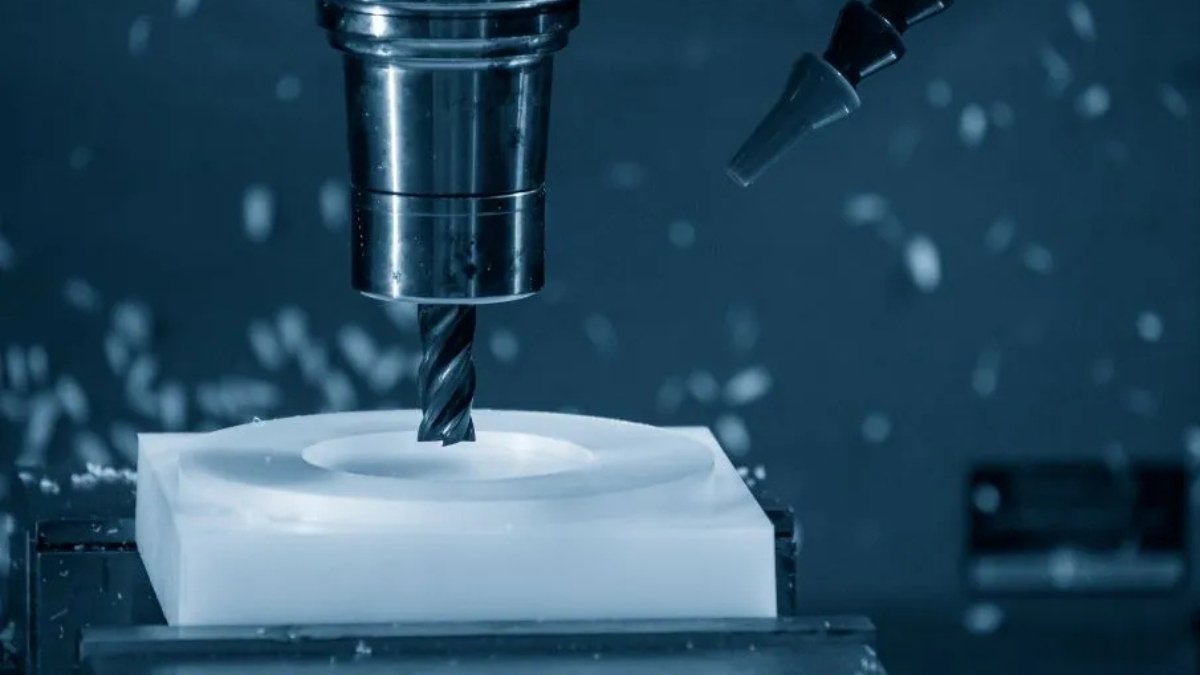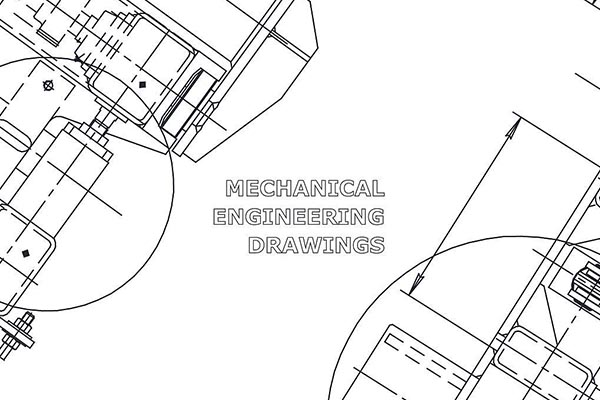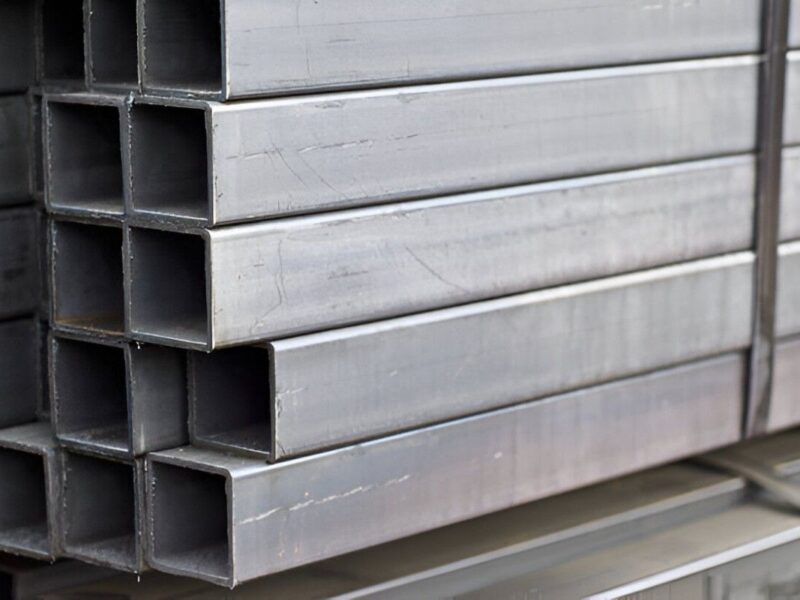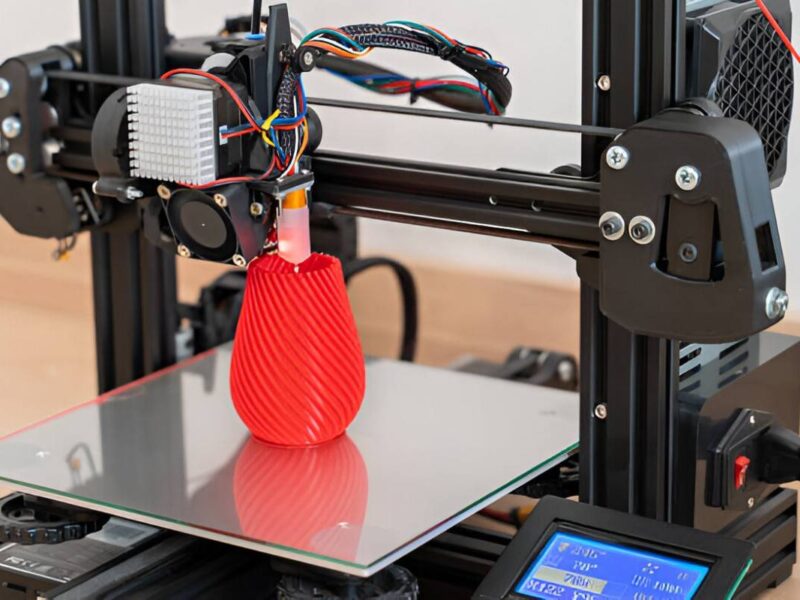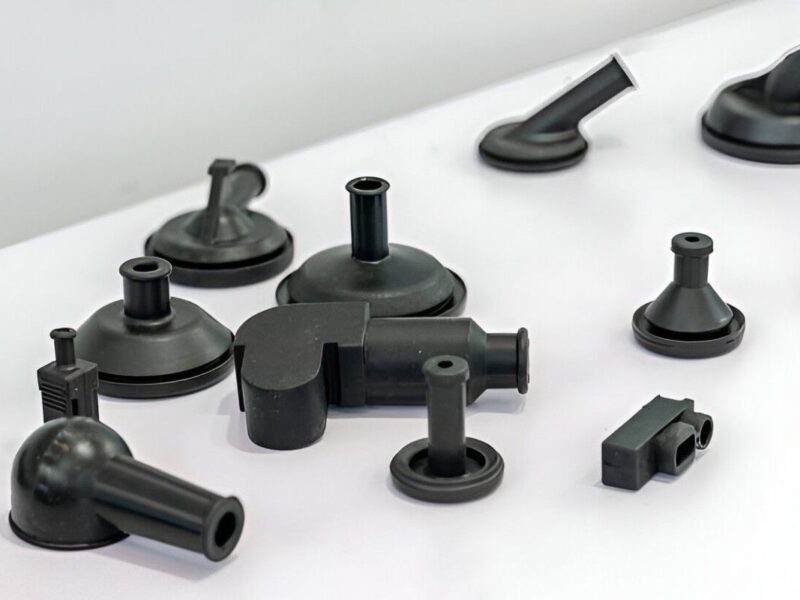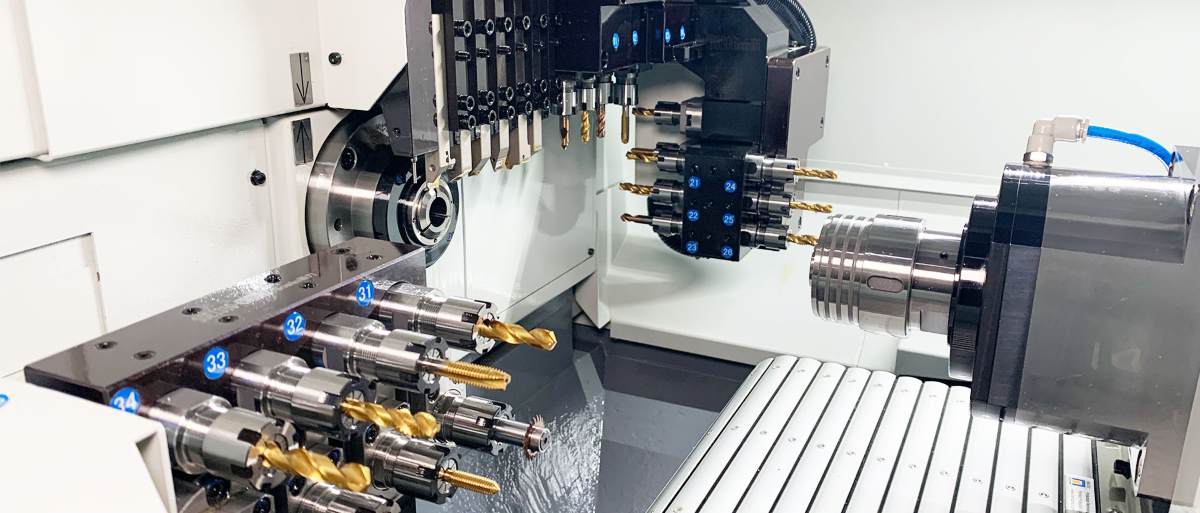
Swiss machining is there when every micron counts. It was originally intended to create miniature watch parts in Switzerland, but it has become a worldwide solution for the manufacturing of highly precise parts in the medical, aerospace, electronics, and automotive industries. Because of its incredible ability to hold absolute tight tolerances down to ±0.0001 inches, engineers and manufacturers who can’t afford any compromises prefer it.
However, there are still differences between the Swiss process and standard CNC turning. What makes it so effective for long, slender, and complex geometries? Most importantly, when is the best time to use it?
This guide will walk you through Swiss machining from a mechanical standpoint, explain why it is superior, and discuss how it fits into a modern precision manufacturing strategy.
Premium Parts specializes in the supply of Swiss machined components with the most demanding quality requirements. Whether you’re prototyping or moving to production, our team guarantees a perfectly crafted, affordable, and ready for use. This guide is dedicated to machining experts, service seekers, and product developers who want access to the right balance of speed, scale, and precision.
How Swiss Machining Works: In-Depth Breakdown
Swiss machining is fundamentally different from conventional turning methods, and for a very good reason: it makes use of its sliding headstock and guide bushing system, a combination of parts that together give the most amount of accuracy in machining long, slender parts, especially parts that tend to deflect under the tool pressure.
Sliding Headstock Benefit In Swiss Machining
If you try to perform a lathe operation using a traditional CNC lathe, the workpiece sits still while the tool sweeps its way around. For many components, this works fine, but when part length gets to a certain point, especially in smaller diameters, vibration, tool chatter, and deflection reduce precision.
This is solved by Swiss machining, in which the bar stock is fed forward through a guide bushing, and the cutting zone is as close to the support point as possible. The material slides axially, and the tools stay in place, all from the movement of the headstock. This ensures:
- Greater rigidity during cutting
- Reduced deflection, even for diameters under 5 mm
- Excellent surface finish, especially for micro-features
Guide Bushing: Core Stability
Swiss machining is carried out by means of a guide bushing that is the heart of the process. It acts as a stabilizing sleeve surrounding the workpiece which absorbs lateral force during cutting. The reason that Swiss machines can maintain dimensional accuracy over that lifetime is that axial control is so tight.
Our Swiss machines at Premium Parts are equipped with adjustable guide bushings, which means we have the flexibility to run titanium shafts to PEEK surgical fasteners.
Tooling & Simultaneous Operations
Swiss machines are multi-tool, multi-operation cycles. They normally are radially arrayed tooling stations with some paired with a sub-spindle or live tooling head. These allow for:
- Turning, milling, drilling, and tapping in a single setup
- Backworking, machining the rear side of a part after the cutoff
- Simultaneous machining on multiple axes
Practically, this translates to cycle time reduction, higher throughput, decreased handling errors, which are key issues in aviation and medical equipment where part uniformity simply cannot be compromised.
Single vs. Multi-Spindle Swiss Machines
In the case of twin spindles or B axis tooling Swiss machines, they can mill with angular milling and complex contouring. High volume production of intricate parts with complex profiles is the ideal application of multi spindles. We match machine configuration to part complexity for precision and scalability.
Key Benefits of Swiss Machining
The promise of precision comes with Swiss machining, but the reality reaches that level of accuracy under those conditions where most traditional machining techniques fail. It is an ideal process for engineers and manufacturers to use when producing medical implants, aerospace fittings, micro-electronic pins, and others.
High Dimensional Accuracy
Swiss machines routinely hold tolerances of ±0.0001 inches or better. The guide bushing ensures the material is rigidly supported at the cut point, eliminating deflection and vibration, even when turning long, thin parts. The result? Consistent quality across every piece.
At Premium Parts, our experienced machinists and real-time quality control ensure every dimension meets spec—no matter how complex the geometry.
Simultaneous Multi-Axis Machining
Modern Swiss machines offer live tooling, allowing for complex operations like milling, drilling, slotting, and threading to occur in a single setup. Multiple tools can work simultaneously on the same part—often on both the front and back sides.
This dramatically shortens cycle times and reduces the need for secondary operations, especially for parts requiring features on multiple axes or faces.
Ideal for Long and Slender Parts
Conventional lathes often struggle with components that have high length-to-diameter ratios. Swiss machines excel here, making them perfect for:
- Medical pins and screws
- Aerospace shafts
- Microelectronic housings
- Precision bushings
High Efficiency and Low Waste
Thanks to tight control and minimized material deflection, Swiss machining produces less scrap, which is particularly important when working with expensive materials like titanium or specialty stainless steels. The faster cycle times also lead to lower per-unit costs for medium-to-high volume runs.
Consistency in Mass Production
Swiss machining is highly repeatable, making it ideal for high-volume production runs. Once a program is optimized, the machine can produce thousands—sometimes millions—of identical parts with near-zero variation.
Applications of Swiss Machining Across Industries
There are only a few industries in which Swiss machining cannot be used and done well, thanks to its unmatched ability to produce complex, high-precision parts with excellent repeatability. Thinking of what could be changed brought us to analyze how the Swiss machining is a game changer in which sectors.
Medical Devices
Precision is not only important in the medical field—it’s critical. Swiss machining is commonly employed for the manufacturing of implantable devices, surgical tools and diagnostic components requiring accurate tolerances and excellent surface finishes.
Examples include:
- Swiss machining is ideal for small diameters and tight tolerances: Bone screws and pins.
- Swiss machines can accommodate precise cutting edges, ergonomic designs, and complex geometries, and thus can be used to produce surgical instruments.
- Used in everything from endoscopic devices to electronic monitoring equipment.
We understand the high standards of the medical industry at Premium Parts and our materials meet the FDA standards and ISO standards when building parts.
Aerospace
More than precision is needed for aerospace parts; they must also be strong, reliable and light. These needs are met by Swiss machining of components such as: aircraft engine fittings, fuel system connectors, and electrical terminals.
These critical parts are machined to such tight tolerances that Swiss machining is the only method that is able to pass specifications such as these for demanding environments where failure is not an option.
Electronics
The drive to make electronics smaller and more complex means that Swiss machining is the process of choice for fabricating parts used in micro terminals, connectors and sensor housings. Swiss machining is precise enough to allow parts that are small in diameter and have extremely fine threads.
What these parts provide are huge chips that are powering some of the most advanced consumer electronics on smartphones to wearable devices.
Automotive
For the automotive sector, there is also a need for Swiss machining to produce small components of high-performance, such as the fuel injector nozzles, valve components, and precision shafts. They must work perfectly in difficult environments, from engines to braking systems.
Its exceptional high repeatability volume capacity makes Swiss machining a great fit for such high performance or aftermarket automotive parts.
Industrial Equipment
Industrial machinery also uses the bushings, fasteners and connectors that need to be machined in Swiss in order for the process to work. They also need to be durable and have the same dimensional accuracy to guarantee smooth operation and reliability of machinery in the case of heavy duty operation.
Swiss Machining vs. Traditional CNC Turning
Traditional CNC turning and Swiss machining are very different, although they are part of a large category of computer numerical control machining. Both can produce very different types of parts. Let’s discuss some of the differences:
Precision and Tolerances
The precision of this machining is one of the most important differences between Swiss machining and traditional CNC turning. The guide bushing and sliding headstock systems allow highly accurate work with Swiss machines. Tolerances can be as tight as ±0.0001 inches. The Swiss-type setup minimizes deflection and vibration. It is a very appropriate machining process for parts with delicate geometry or intricate features.
Conversely, traditional CNC lathes usually find it difficult to work with long, slender parts. The possibility of tool chatter and material deflection could detrimentally affect accuracy.
Tooling Flexibility and Operations
Multi axis tooling stations are included in the design of Swiss machines to perform several operations at the same time. A part can be turned, milled, drilled, and tapped all on one setup. It is also possible for backworking (machining the backside of the part), making secondary operations unnecessary.
While traditional CNC lathes are versatile, they usually complete only one operation at a time. It needs more setups and longer cycle times. It allows a significant reduction in production time and an increase in throughput due to the possibility of performing complex multi-axis machining on Swiss machines.
When to Choose One Over the Other
Swiss machining is preferable with parts or components that are long and thick. It is also recommended when ultra-precision and repeatability are critical. For these reasons, industries including medical devices, aerospace and electronics depend on Swiss machining. Nevertheless, traditional CNC turning is better suited for larger parts where tolerance is high, and traditional machining is not worth it.
How To Choose the Right Swiss Machining Partner?
Where the tolerance is high, and deadlines are tight, you should select Swiss machining. The process is powerful. It is coupled with prerequisite technology, skill, and quality control.
Here’s what to look for:
Technical Expertise
Swiss machining is a specialized discipline. One should know about material strength and behavior at micron levels to work with it.
We at Premium Parts work closely with our clients from prototype to production, providing DFM consultations and technical insights to reduce cost and increase part performance at the same time.
Advanced Equipment
There are a variety of Swiss machines: multi-axis control, live tooling, and sub-spindle capabilities to perform simultaneous front and back operations. In addition to this, you should be able to handle complex parts in a single cycle, where there is no risk of secondary setups.
From aluminum to stainless steel, medical-grade titanium to PEEK, state-of-the-art Swiss machining is most suitable.
Certifications & Quality Control
Swiss machined parts commonly end up in mission-critical applications where failure means loss of lives or millions in downtime. In this case, the supplier must have a robust quality management system and the capability of doing FAI, CMM reports, and material traceability.
Premium Parts works with strict in-process quality checks and final checks with advanced metrology tools. It ensures that every part you get is better or equal to the required specifications.
Scalability & Responsiveness
Your supplier should be agile with prototypes to high-volume production. This is true whether you’re ramping up a medical product or iterating through aerospace revisions; responsiveness matters.
At Premium Parts, we provide global logistics support, flexible production volumes, and short lead times, so you get what you need, when you need it.
Why Choose Premium Parts for Swiss Machining
The delivery of confidence through precision engineering is what Premium Parts stands for.
For the Swiss machining process, there is no simple solution that works out of the box. Total success in Swiss machining demands a proper blend of engineering expertise, technical proficiency, and rapid communication between parties. Our company provides you with this precise service.
Here’s why global customers, from medical startups to aerospace leaders, trust Premium Parts for their Swiss machining needs:
Engineering-Driven Approach
We don’t just run machines; we know what makes a part work. From the minute you send us the design our engineers will review its machinability, material efficiency and cost effectiveness. However, in our roles as experts in DFM, we advise you on ways to eliminate risk through design-for-manufacturability opportunities so that you can optimize every last detail.
Advanced Swiss Machinery
We are investing in the most modern Swiss-type CNC lathes with up to 12 axes, live tooling, sub-spindle backworking, and automatic bar feeders. We perform most complex operations on parts in only one setup. It reduces lead time, handling costs, and error margins.
We machine it to surgical precision, whether the pin is a 0.5 mm titanium medical pin or a 40 mm stainless shaft.
End-to-End Quality Control
Quality is in the DNA of Premium Parts, from the start to the finish. At each process stage, we perform in process inspections that include first article validation with operational CMMs as well as micrometers and high resolution optical systems. If a material certification and traceability report is required, we can supply them upon request.
Global Delivery, Local Support
Our customers around the world enjoy fast turnaround times, custom packaging solutions, and flexible order volumes. We respond to an emergency part order for tomorrow or a whim of 50,000 parts needed tomorrow. With the same level of precision and care, we’re equipped for both.
With Premium Parts, complex designs become flawless components reliably, faithfully, and quickly.
Summary
Swiss machining is so much more than a process, it is a solution. A verified solution for parts that must never fail, for geometries that call out for perfection, for industries where every micron counts. This manufacturing technique provides the tight tolerances, superior surface finishes, and thicknesses that modern engineering demands in aerospace fittings, medical implants, and many other products.
But the success of Swiss machining doesn’t come from the machines alone—it comes from the people and systems behind them.
Here at Premium Parts, we source some of the most advanced cutting-edge Swiss CNC technology and are helped by decades of precision machining experience. You can count on us for quality, responsiveness, and reliability; across R&D, production, or not, we provide you with the flexibility your project demands.
Is the component that you need to make a challenging one? By using our services, you will enjoy a fast-moving project while simultaneously meeting the need for micro tolerances. Our team is ready.
Leave the rest to us by making a request for a quote, obtaining a free DFM review or talking to a Swiss machining expert today at Contact Premium Parts.


